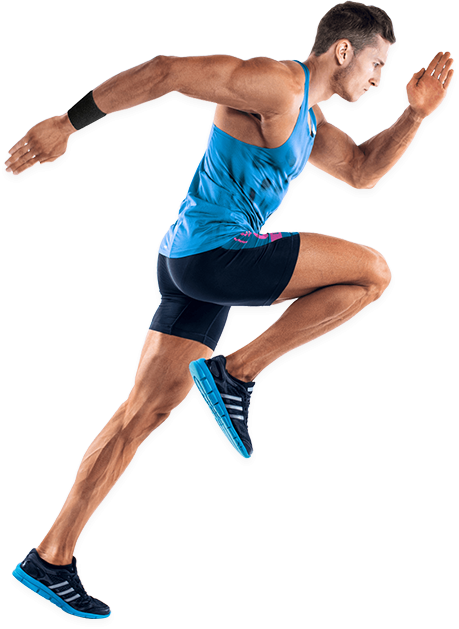High Quality Products
With our knack for the latest technology and team of industry experts, you will get top-quality sports support products.

TVFF is a professional manufacturer of export-quality sports and orthopedic equipment. We have experience, expertise, and resources to address a wide range of requests.

Working with the latest technology is at the heart of the product.

Enjoy a complete range of orthopedic and sports support products.
Enrich your Game with our top-class rehabilitation, orthopedic, and athletic support products for the major injury-prone areas.
With our knack for the latest technology and team of industry experts, you will get top-quality sports support products.
No order is too big for our team. Place your order today to enjoy quick and on-time delivery.
Customer satisfaction is our topmost priority. We take special care of all our customers.
Enjoy a complete collection of sports and orthopedic support products for all ages.
She is sales manager and is responsible for sales directions or guidelines. Pays close attention to customers. She is quick to understand , high communication efficiency and able to manage multiple tasks and initiatives simultaneous.

I have ordered many years from Amy Sui with different products and have not been disappointed! She is experienced for different medical body care products, and always replying qulickly to my emails to keep me on the process.

Joey is goal-oriented , she is able to clearly articulate own goals and assign realistic timelines. Possesses a great sense of urgency; pushes oneself and others until a sale is successful or until a situation is brought to resolution.

John always provides prompt service during our cooperation,his professional advice was very helpful in our sales!

Understands the customers' desires and adopts them; finds out what the customers really need and why they need it. We are happy to cooperate with such a professional and passionate person.

Get faster recovery and more relief with TVFF. Find only the finest athletic support products at (TVFF) Planet (Shanghai) International Co., Ltd. They will ease the pain in your muscles, joints, ligaments, etc. No injury can stop an athlete from giving their best in a game. We are the best athletic support products manufacturer worldwide. We can alleviate the pain in arms, legs, back, neck, etc. Our wide-ranging options can cover every part of the body. Any swelling will not last long after you use these athletic supports.
Whoever uses our athletic products will find quick relief. That is because of the fast-healing properties they have. There will be no problems for patients with obesity, diabetes, arthritis, etc. They can wear these braces to deal with consistent pain. Our athletic support products in China can deal with all these challenges.
• Sore muscles
• Swollen joints
• Inflammation
• Torn muscles
• Numbness in legs and arms
TVFF is the only athletic support products supplier that offers feasible wholesale prices. We are an affordable source that can provide bulk rates for buyers. You can conveniently purchase wholesale athletic support products at TVFF. Our cheap price range will balance your budget. There will be no problem regarding the bulk purchase of athletic braces. Purchase them at discounted rates from TVFF to make things better.
You will find almost every type here like sports braces, tapes, etc. We have everything an athlete needs to recover fast. This is an opportunity one should never miss. Find an athletic support products exporter in the form of TVFF to find benefits below.
• Suitable for athletes in boxing, tennis, hockey, basketball, etc.
• Skin-friendly material
• Comfortable use
• Reusable
• Can deal with almost every mild injury
It would be best if you had an athletic support products distributor for global orders. Choosing (TVFF) Planet (Shanghai) International Co., Ltd is time. We deal with local and international clients on a large scale. You can also become one of them by placing substantial orders.